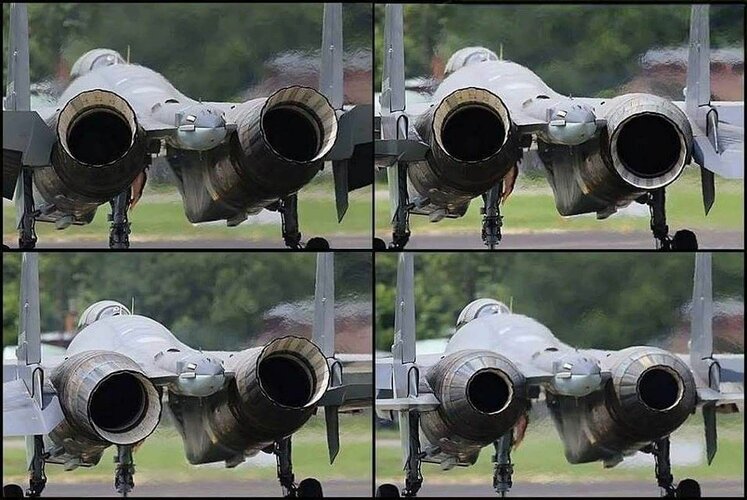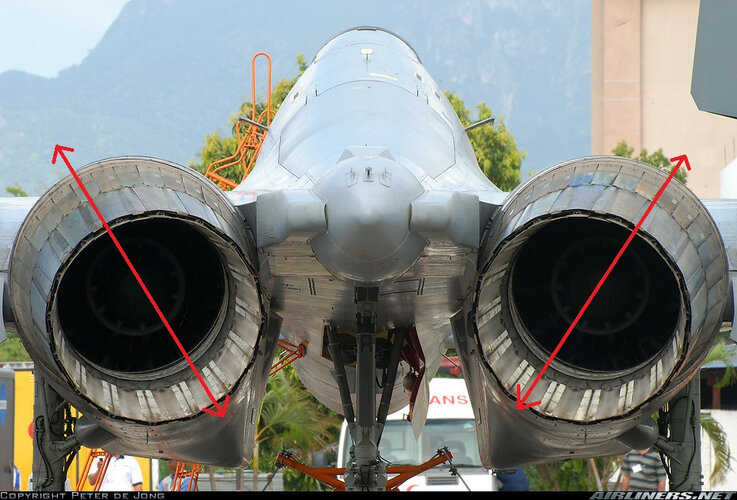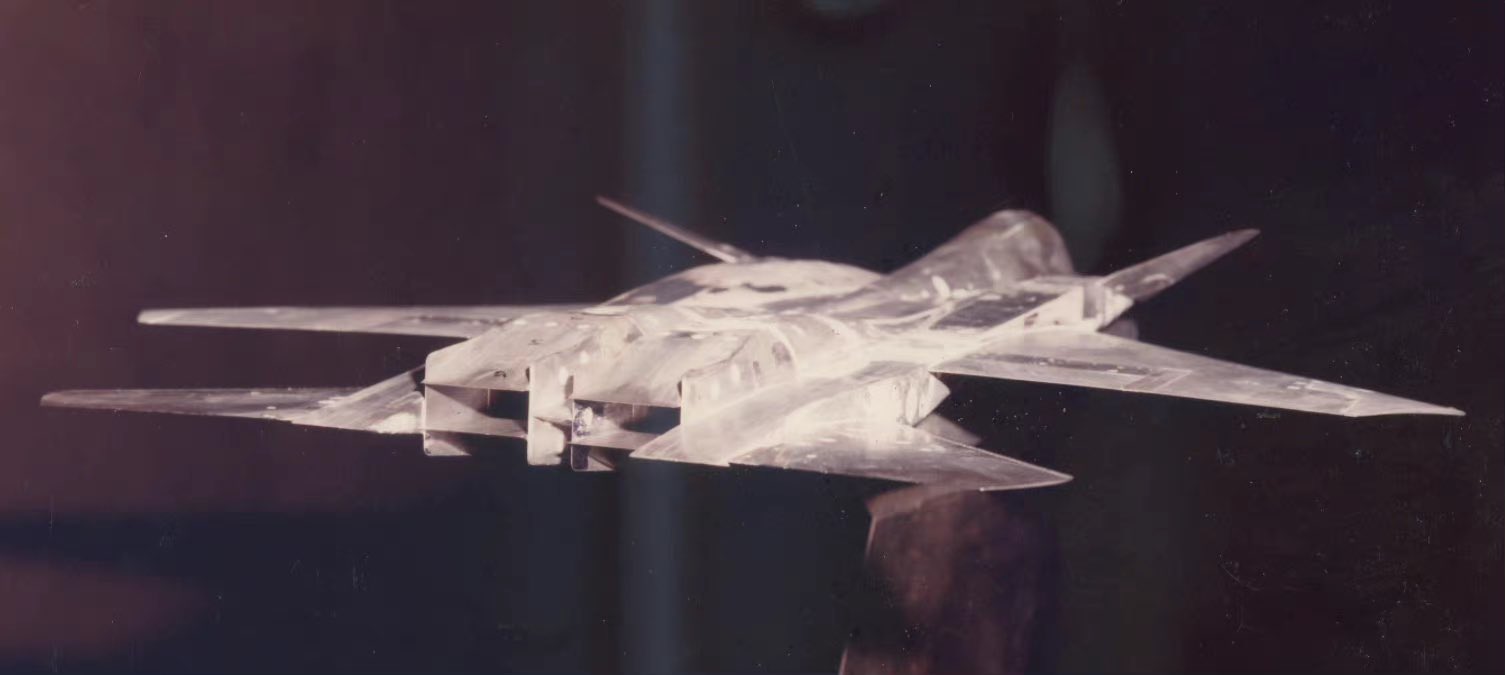- Joined
- 1 February 2011
- Messages
- 2,941
- Reaction score
- 3,625
Thrust Vectoring was in research since the late 1980's early 1990 and first appeared on production Jet aircraft with the F-22 Raptor in 2005.
This showed that even a 2D vertical thrust vectoring could drastically increase the maneuverability of an aircraft not to mention the 3D ones used on the Russian aircrafts.
My question is weren't the USAAF and USNAF considered to upgrade their aircraft to utilize this technology?
I know there were test aircrafts used by NASA like the F-15 STOL/MTD and F-15 ACTIVE Eagle, the F-16 VISTA Falcon and F-18 HARV Hornet demonstrating the possibility of installing such engines/controls in these aircrafts and resulting in enhanced agility!
It would had been interesting to see aircrafts upgraded with such technology:
F-14 Tomcat?
F-15 Eagle (possible)
F-16 Falcon (possible)
F-18 Hornet (possible)
F-20 Tigershark?
F-22 Raptor? (With full 3D vectoring)
A-10 Warthog / Thunderbolt II?
or other aircrafts still in serice in the late 1990's early 2000's?
This showed that even a 2D vertical thrust vectoring could drastically increase the maneuverability of an aircraft not to mention the 3D ones used on the Russian aircrafts.
My question is weren't the USAAF and USNAF considered to upgrade their aircraft to utilize this technology?
I know there were test aircrafts used by NASA like the F-15 STOL/MTD and F-15 ACTIVE Eagle, the F-16 VISTA Falcon and F-18 HARV Hornet demonstrating the possibility of installing such engines/controls in these aircrafts and resulting in enhanced agility!
It would had been interesting to see aircrafts upgraded with such technology:
F-14 Tomcat?
F-15 Eagle (possible)
F-16 Falcon (possible)
F-18 Hornet (possible)
F-20 Tigershark?
F-22 Raptor? (With full 3D vectoring)
A-10 Warthog / Thunderbolt II?
or other aircrafts still in serice in the late 1990's early 2000's?




